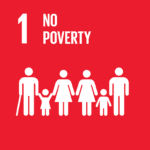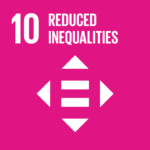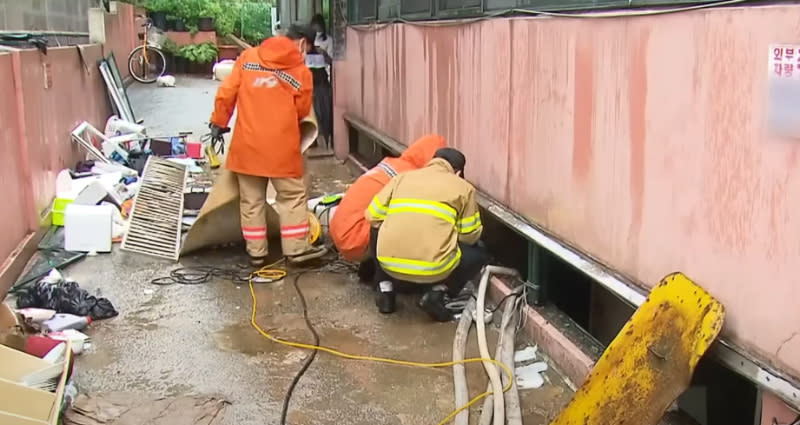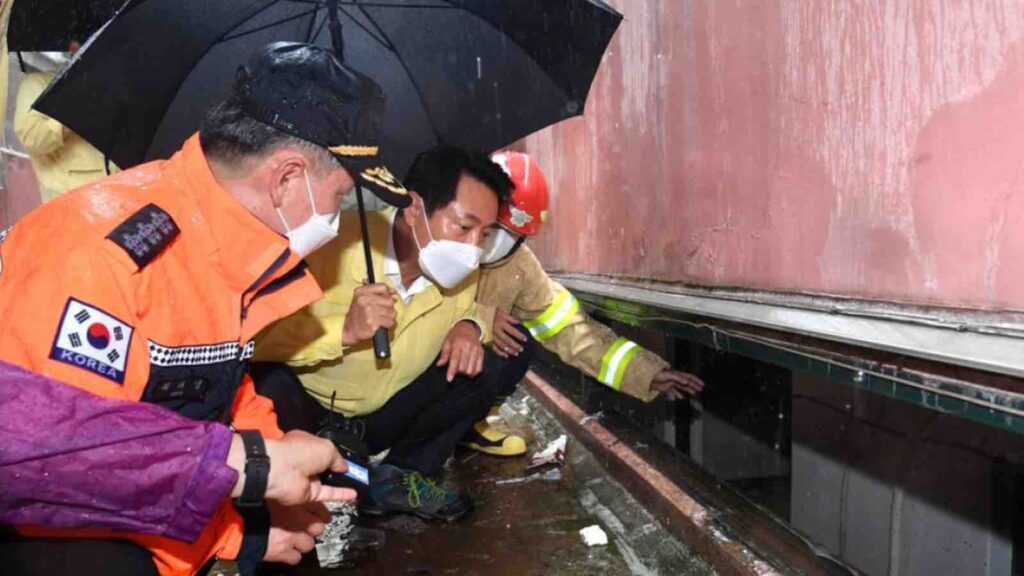The Banjiha Transformation Initiative represents a forward-thinking and holistic approach to tackling the complex challenges associated with substandard housing.
In a city long known for its towering skyscrapers and bustling urban life, Seoul’s most vulnerable residents have found themselves living underground—quite literally. The infamous “banjiha,” or semi-basement apartments, made globally recognizable by the Oscar-winning film Parasite, have become a stark symbol of socio-economic disparity and urban vulnerability, particularly in the face of climate change.
RELEVANT SUSTAINABLE GOALS




Recognizing the urgent need to address these challenges, the Seoul Metropolitan Government launched the Banjiha Transformation Initiative in November 2022. The initiative seeks to enhance housing resilience and community well-being by transitioning banjiha residents to safer accommodations and repurposing the underground spaces for non-residential use. This proactive approach addresses the socio-economic disparities that have left many residents trapped in flood-prone, substandard housing, while also aiming to mitigate the impact of increasingly severe weather events exacerbated by climate change.

The Challenge: Rising Waters, Rising Costs
The vulnerability of banjiha dwellings was tragically highlighted in August 2022, when Seoul experienced its heaviest rainfall in 115 years. The deluge resulted in the deaths of several banjiha residents and caused economic losses estimated at $50 million. The event underscored the critical need for resilient housing solutions, particularly as the frequency and intensity of such extreme weather events are expected to increase.
With approximately 200,000 banjiha units—comprising 5% of all households in Seoul—the scale of the problem is daunting. Marginalized communities, drawn to these substandard units by their relatively low rent in a city where the average monthly rent of $800 is a significant burden on an average income of $2,500, are at the greatest risk.
A Historical Context
The existence of banjiha dates back to the 1970s, a period of heightened tension on the Korean Peninsula, when national regulations required basement spaces in new buildings for use as emergency bunkers. In the 1980s, as Seoul’s population swelled and housing shortages became acute, these basement areas were converted for residential use, offering affordable rents to low-income residents. Despite their initial purpose, the transformation of these spaces into homes has since become a symbol of inequality, with residents living in cramped, damp, and often unsafe conditions.
The Solution: Repurposing and Resilience
The Seoul Metropolitan Government’s Comprehensive Measures for Residential Safety Net is a bold attempt to address the challenges faced by banjiha households. The initiative includes providing financial support to landlords and residents to transition away from banjiha living, repurposing the underground spaces for community use, and relocating residents to safer public rental housing. The city government covers all moving expenses, ensuring that affected residents can access secure housing.

One of the most innovative aspects of the program is the adaptive reuse of banjiha spaces. Rather than leaving these areas vacant, the Seoul Housing & Communities Corporation, which was founded by the city government, purchases banjiha properties and converts them into multifunctional community spaces. These spaces are being used for a variety of purposes, including storage for essential supplies, social interaction areas, and even innovative ventures like mushroom smart farms.
Results and Lessons Learned
Since its inception, the initiative has shown promising results. In just one year, the Seoul Housing & Communities Corporation purchased 538 banjiha units and facilitated the relocation of 3,671 households to public rental housing. The conversion of banjiha spaces into productive assets has also generated positive outcomes, such as the creation of a mushroom smart farm in the Guro-gu district, which not only provides income for elderly residents but also fosters community engagement.
However, the program has encountered challenges, particularly in the process of purchasing buildings with multiple owners, which has slowed implementation. Additionally, the high property prices in Seoul compared to the national average have made it difficult to purchase some buildings, limiting the initiative’s reach.
Efforts are underway to address these challenges, including proposals to streamline the purchasing process and consider alternative revenue streams, such as renting out storage spaces to citizens. The success of the initiative rests on proactive governance, innovative space utilization, and community-centric strategies.
Looking Ahead
The Banjiha Transformation Initiative represents a forward-thinking and holistic approach to tackling the complex challenges associated with substandard housing. By prioritizing safety, inclusivity, and sustainable urban development, Seoul is setting an example for cities around the world facing similar issues. As climate change continues to reshape our urban landscapes, the lessons learned from Seoul’s initiative will be invaluable in creating more resilient and equitable communities globally.
Lead image : A Banjiha neighborhood ravaged by rain underscores the gravity of the residents’ living situation. Photo: Seoul Metropolitan Government.
You may also be interested in :
Green Revolution in Asia : Transitioning Towards A Sustainable Future



